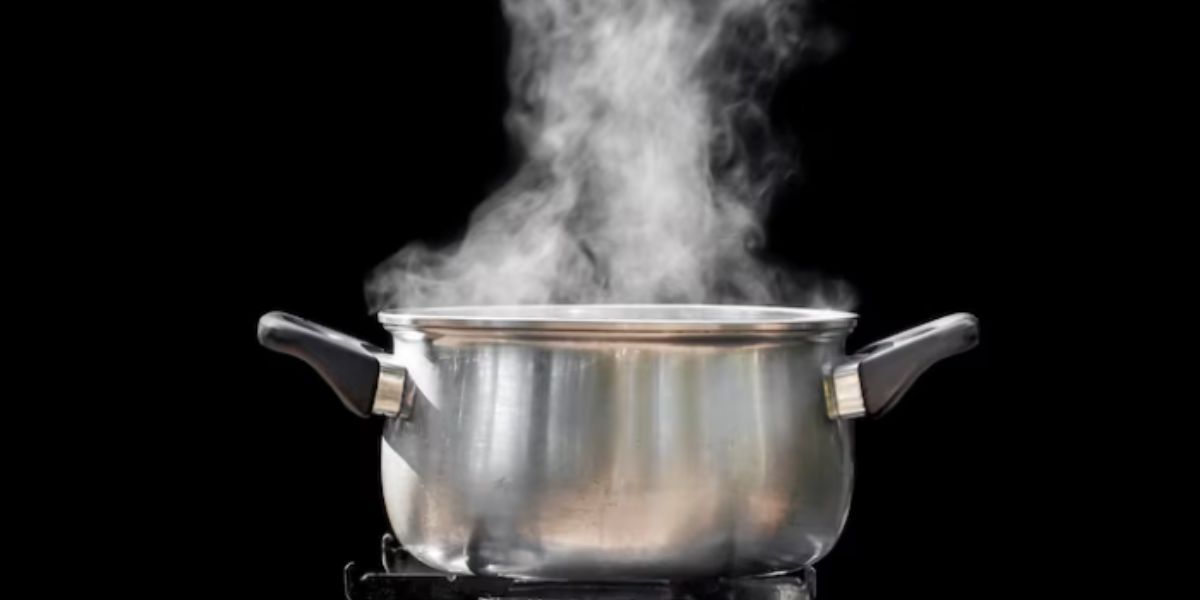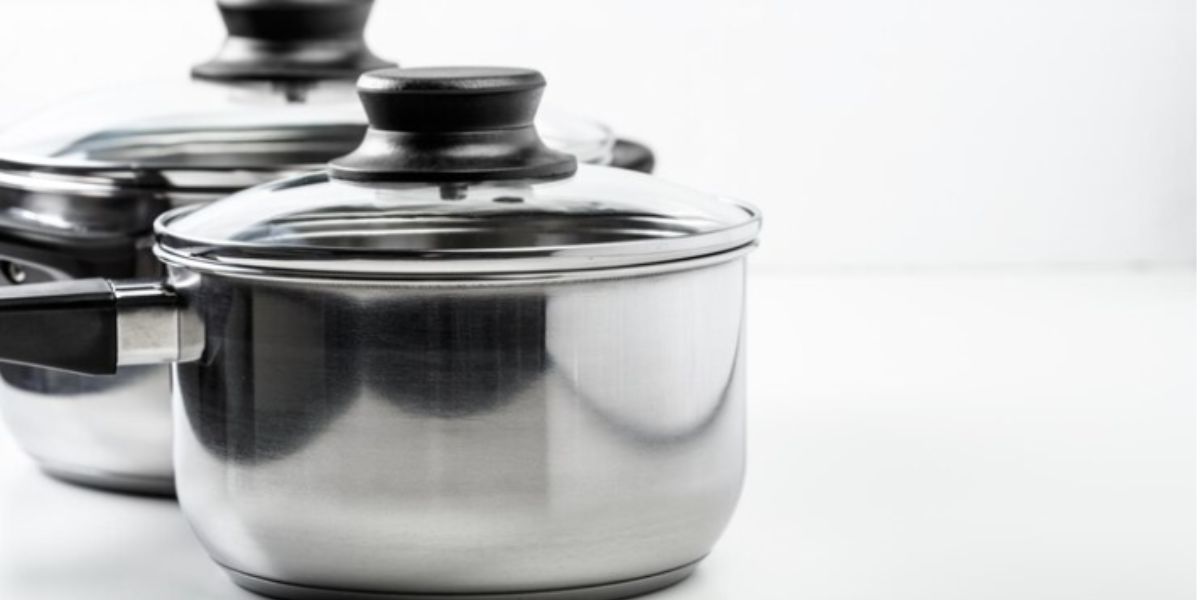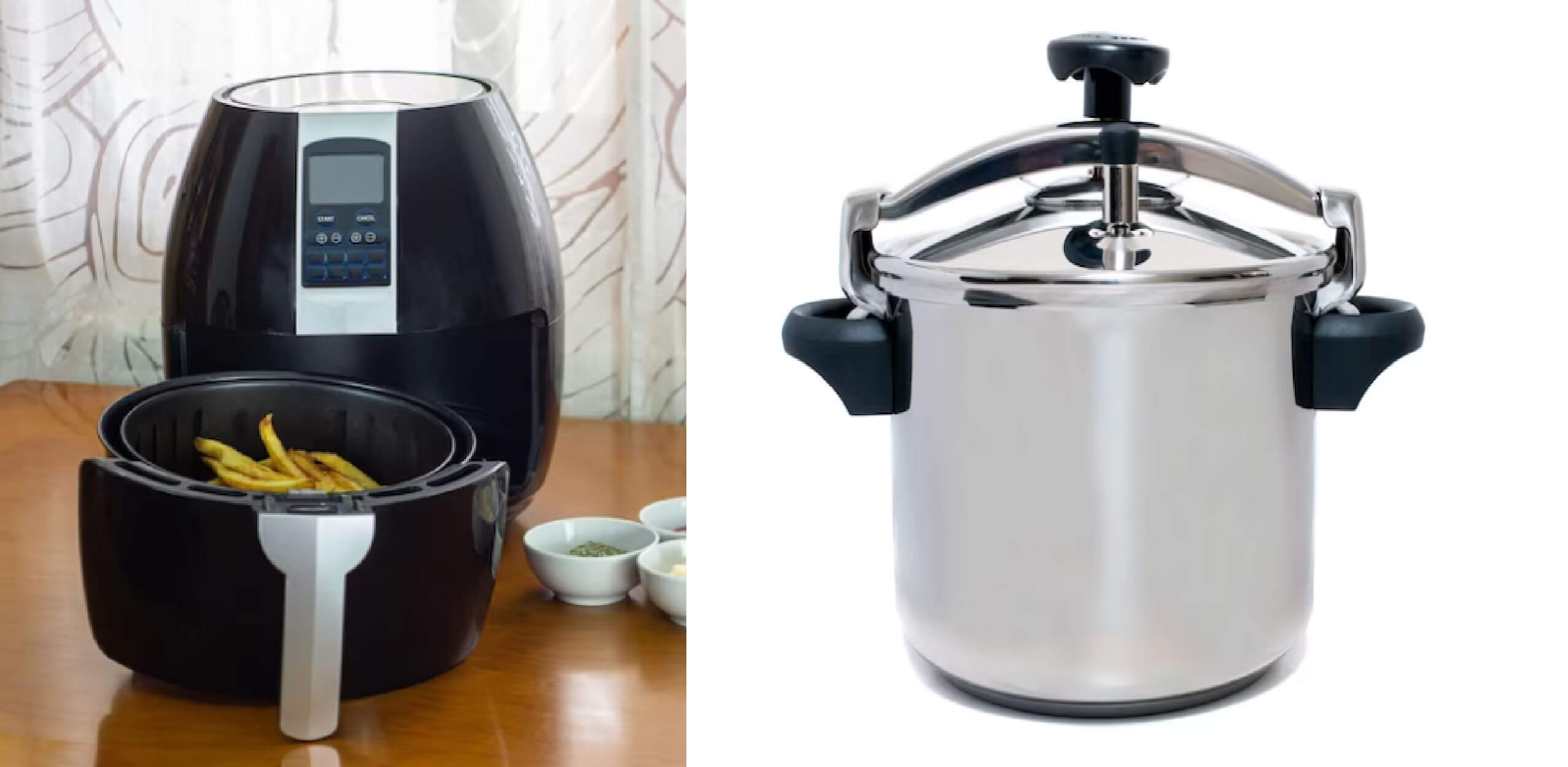Pressure Cooker Explosion: What You Need To Know


Pressure cookers have become a common kitchen device because they can cook meals quickly and effectively. However, there are instances where pressure cookers can malfunction and lead to dangerous situations such as explosions. This article will explore the causes of pressure cooker explosion, the associated risks, and essential tips to prevent such incidents.
What is a Pressure Cooker?
A sealed cooking pot called a pressure cooker uses steam pressure to cook food. It consists of a pot with a locking lid and a pressure release valve. When heat applies to the pot, the liquid boils and creates steam. The steam builds pressure, raising the temperature and cooking the food faster than traditional methods.
How Does a Pressure Cooker Work?
When using a pressure cooker, the lid locks tightly to create a sealed environment. As the liquid inside boils and turns into steam, the pressure builds up, which increases the temperature beyond the boiling point of water. The high pressure and temperature allow the food to cook faster and retain more nutrients.
Understanding Pressure Cooker Explosions

Causes of Pressure Cooker Explosions
Pressure cooker explosions can occur due to various reasons, including:
Dangers of Pressure Cooker Explosions
The dangers associated with pressure cooker explosions are significant and should not be underestimated. Some potential risks include:
Signs of a Faulty Pressure Cooker
It’s critical to be aware of warning signals that a pressure cooker is malfunctioning to avoid an explosion. Look out for the following:
Preventing Pressure Cooker Explosions
To ensure your safety while using a pressure cooker, follow these preventive measures:
Proper Maintenance and Care
Safety Tips for Pressure Cooker Usage
Do Not Overfill: Follow the recommended fill level specified in the cooker’s manual to avoid excessive pressure buildup.
What to Do in Case of a Pressure Cooker Explosion
In the unfortunate event of a pressure cooker explosion, follow these steps:
Pressure Cooker Explosions Myths Debunked
Myth 1: Pressure Cookers Are Dangerous and Should Be Avoided
Reality: Pressure cookers are safe and efficient cooking appliances used correctly and maintained properly. The key is to follow the manufacturer’s instructions and take necessary safety precautions.
Myth 2: All Pressure Cookers Are Prone to Explosions
Reality: Explosions in pressure cookers are uncommon and frequently result from user error or poor maintenance. High-quality pressure cookers with appropriate safety mechanisms significantly reduce the risk of explosions.
Myth 3: Quick Release Method Is Always Safe
Reality: The quick-release method should only be used for foods that do not produce a lot of foam or splatter. The natural release method is safer for certain recipes to avoid sudden pressure changes.
Conclusion
Pressure cookers can be valuable to any kitchen, providing fast and convenient cooking. However, it’s essential to understand the risks associated with pressure cooker explosions and take appropriate preventive measures. You can enjoy the benefits of pressure cooking without compromising safety by properly maintaining the cooker, following safety guidelines, and being vigilant while cooking.
Frequently Asked Question
Can I use any pressure cooker on an induction cooktop?
No, not all pressure cookers are compatible with induction cooktops. Check the product specifications or consult the manufacturer to ensure compatibility.
Is using a pressure cooker with a damaged sealing ring safe?
No, a damaged sealing ring can compromise the pressure cooker’s ability to create a proper seal. It’s essential to replace the sealing ring if it is damaged.
Can pressure cookers explode even when used correctly?
While pressure cookers are generally safe when used correctly, there is still a minimal risk of explosion. Following safety guidelines and proper maintenance significantly reduces this risk.
Can I leave the pressure cooker unattended while it’s in use?
Leaving a pressure cooker unattended while it’s in use is not recommended. It’s important to monitor the cooking process and address any potential issues promptly.
Can I open the pressure cooker immediately after releasing the pressure?
No, waiting until all the pressure has been released is crucial before opening the pressure cooker. Opening it prematurely can result in dangerous steam release.



